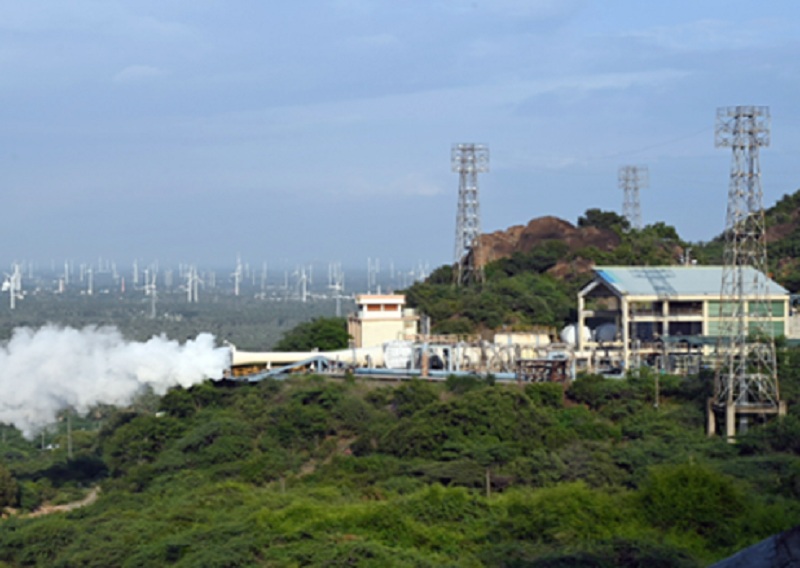The Indian Space Research Organisation (ISRO) said that it has successfully carried out the ignition trial of the indigenous CE20 cryogenic engine powering the upper stage of LVM3, with a Multi-element igniter under vacuum conditions, which simulates the engine ignition in the vacuum condition of space.
ISRO, in a statement, said this test was carried out on Friday in the High Altitude Test Facility at ISRO Propulsion Complex, Mahendragiri, Tamil Nadu.
“During this test, the ignition of the engine Thrust Chamber was carried out with a multi-element igniter in vacuum, under the tank pressure conditions that are expected to prevail at the time of restarting the cryogenic engine in flight. The performance of the engine and the facility during the test was normal and as expected,” ISRO stated.
This engine is crucial for the Gaganyaan mission, India’s ambitious crewed space mission.
Restarting a cryogenic engine is inherently complex and as part of the studies related to the restart operation, ISRO is exploring the initiation of turbopumps in bootstrap mode rather than the stored gas system.
In this approach, both the thrust chamber and gas generator are expected to re-ignite under tank head conditions.
ISRO has outlined a series of tests aimed at engine start in bootstrap mode towards enhancing the capability for multiple cryogenic engine restarts during flight.
ALSO READ: India to launch Chandrayaan-4 Mission in 2027: Union Min Jitendra Singh
Previously, the engine ignition trial using a multi-element igniter was carried out under ground conditions outside the vacuum chamber.
According to ISRO, the engine is already qualified to operate for thrust levels ranging from 19t to 22t in flight with a single start and is qualified for the Gaganyaan mission.
The engine was developed by the Liquid Propulsion Systems Centre of ISRO.















